Does your child have dental fluorosis? Does fluorosis affect the health of people, especially children? Have you heard of dental fluorosis? that affects children. This blog post explains all about dental fluorosis that affects children and its symptoms, preventions, causes and treatments.
What is Dental fluorosis?
Dental fluorosis is hypo calcification of the tooth enamel. This problem causes less calcification in the teeth than the normal amount thereby leading to discoloration and much softer enamel. Fluorosis is pronounced as floo-roh-sis, this condition is common amongst children but does not cause pain or abnormal functioning of the teeth except in rare cases where there may be brown spots and pits in the teeth.
How does Fluoride Cause Fluorosis?
As a natural mineral, fluoride combines with other minerals to protect the teeth. Working in two ways both topically and systemically, fluoride is a natural mineral which combines with other minerals in the teeth to protect them as well as acting as an acid resistant enamel. With systemic fluoride transforming itself to work as a protection agent for the teeth right from with babyhood to a growing child, it is capable of being ingested in the food and in other supplements. Topically, fluoride is found in toothpaste and mouthwashes.
Causes of Dental Fluorosis
Called under different terms such as enamel fluorosis and mottled enamel, dental fluorosis is caused by too much intake of fluoride. This may happen when the enamel layers of the permanent teeth are in the process of formation or even before the baby teeth can be seen. Fluorosis can occur in children at the age of 8 years at the time the permanent teeth are being formed or even at one and two when the baby teeth emerge. Though fluoride is safe for both children and adults, it should only be consumed or ingested in the right amounts.
symptoms of dental fluorosis
The symptoms of dental fluorosis are varied and manifests as discoloration of the teeth with lace-like markings with severe cases showing pock type of marks and rough pits on the enamel of the teeth. Some of the other symptoms may evolve as black marks and white spots on the teeth. More severe forms of fluorosis may be seen as white streaks on the teeth with the teeth being pitted, mottled and/or discolored.
Dental Fluorosis Treatment
If the child or adult has a mild case of fluorosis, no form of treatment is required. But in severe cases, there are options to improve the teeth. These treatments include crowns and veneers, removing the stains with tooth whitening treatment and application of a hard resin coating called bonding to the enamel of the tooth.
You can prevent fluorosis by checking with your doctor or dentist on the amount of fluoride present in the public water supply. When you know the quantity of fluoride that is being consumed by your child by way of fruit juices, soft drinks and drinking water, then it is possible to decide if a fluoride supplement is needed. As bigger amounts of fluoride can result in vomiting, abdominal pain, nausea and diarrhea, it is necessary to safeguard products made with fluoride such as mouthwash, fluoride supplements and toothpaste out of reach of children.
Prevention of Fluorosis
With infants, children under the age of two and older children under the risk of contracting fluorosis, you can consult with your dentist regarding alternatives on how to limit the fluoride intake. The key solution is parental vigilance when there is a need to prevent fluorosis. The good news is fluoride toxicity does not cause severe damage or major consequences though any number of children have been visiting their dentists due to fluorosis.
Children will receive the fluoride required for healthy teeth if they eat a normal diet, drink fluoridated water, and use fluoridated dental products as directed.
It will be wise if parents can observe and rectify their children’s usage of fluoridated toothpaste. It is necessary to use toothpaste about the size of a pea. This would be enough to protect against fluorosis. Children must be taught to spit out the toothpaste after brushing their teeth instead of swallowing it. Parents must take care not to buy flavored toothpastes as children can swallow this instead of spitting it out.
Takeaway
Overconsumption of fluoride can result in dental fluorosis, which damages enamel and discolors teeth in children. Severe cases can be treated with dental procedures like crowns or whitening, but minor ones could not. Avoid fluorosis by keeping an eye on your fluoride consumption and seeing a dentist. Get in touch with us right now to talk about fluoride management and your child’s dental health.
FAQs
Consuming too much fluoride, especially in childhood, can lead to dental fluorosis - white streaks or spots on the teeth. The recommended amount is 0.7 milligrams per liter in drinking water. Higher levels may stain teeth.
Dental fluorosis is a permanent condition that develops during tooth formation. While the stains themselves don't go away, professional treatments like microabrasion, whitening, or veneers can help improve the appearance of discolored teeth.
Fluoride stains can be removed through professional treatments like enamel microabrasion, teeth whitening, or dental veneers. At home, you can try brushing with a baking soda and hydrogen peroxide paste to gently scrub away surface stains.

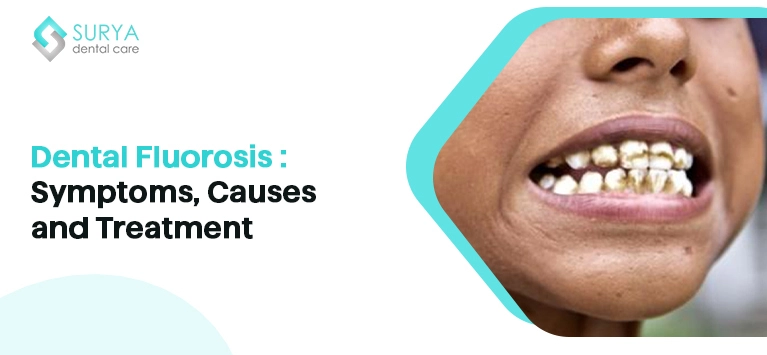





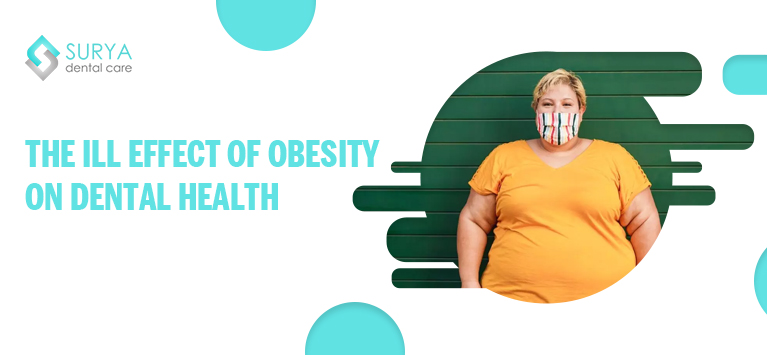
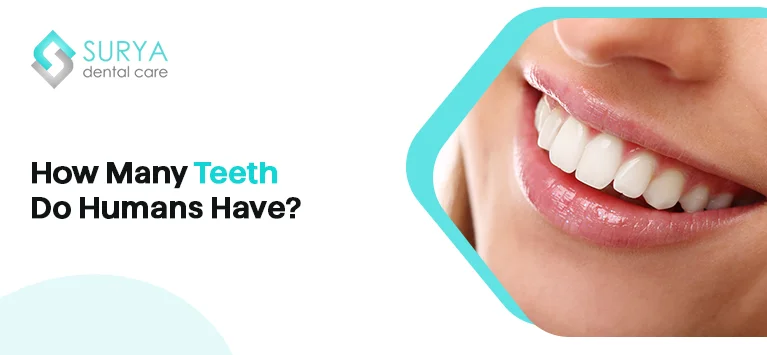
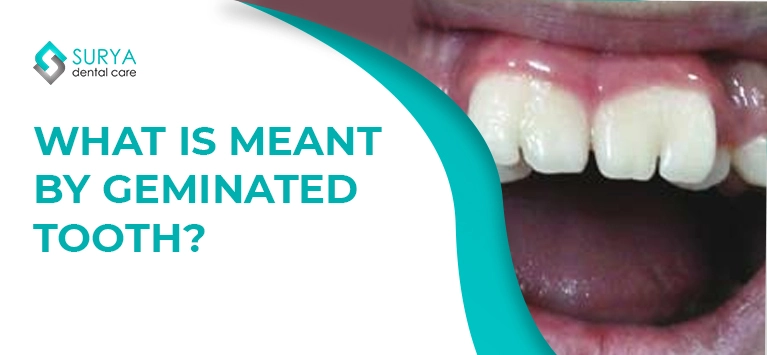
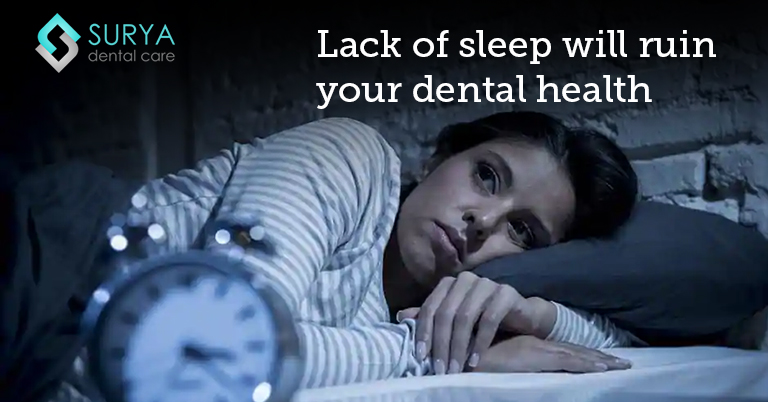

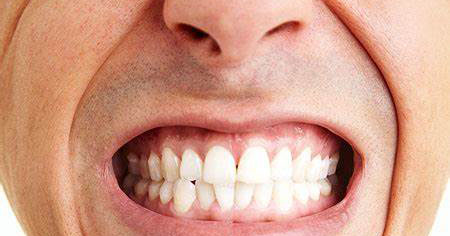

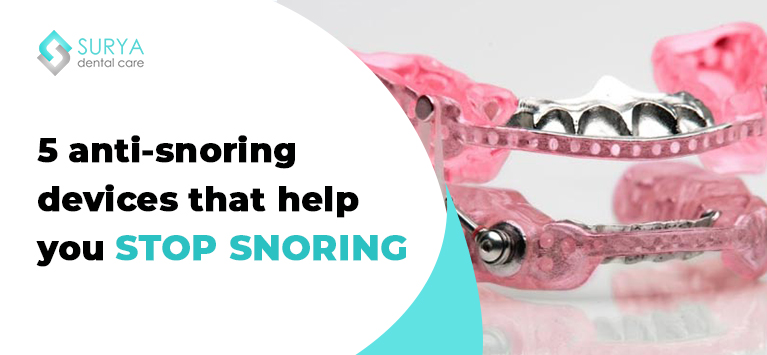


Leave a Comment